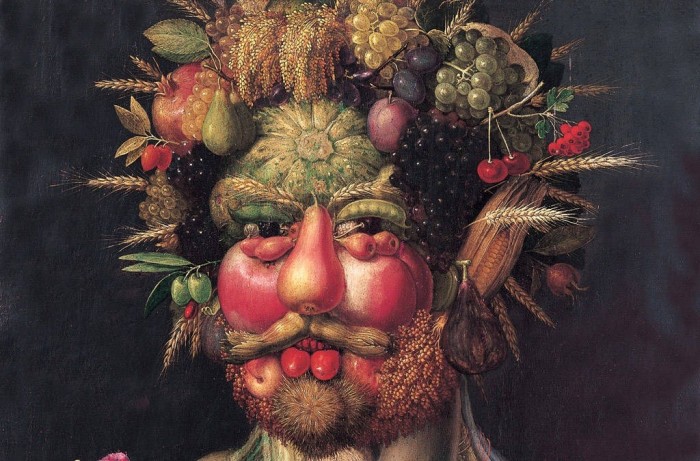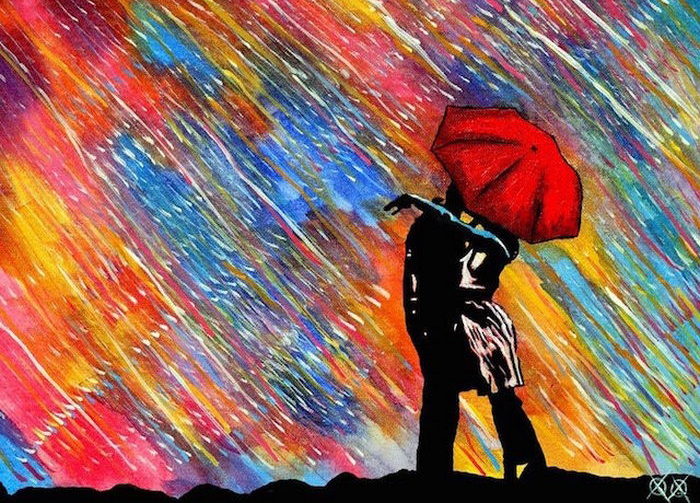A LITTLE ABOUT WALL PAINTING
 FRESCO
FRESCO
Fresco (derived from ital. fresco, literally-fresh) – one of the techniques of wall painting. The painting is written on raw plaster paints diluted in water. When dried, a film is formed on the surface, which protects the fresco, making it extremely durable. The fresco was known already in the period of Aegean culture (2 thousand years BC), but its heyday falls on the Renaissance. Artists of this era used multilayer polished soils with the addition of marble dust. Outstanding masters of fresco painting of the Renaissance were Michelangelo and Raphael. In Christian culture, the fresco has become a favorite way to decorate the inner and sometimes outer walls of the temple.
Today, a fresco is called any wall painting.A SECCO
A secco (derived from ital. a secco-on dry) – painting on dry plaster paints, pounded on vegetable glue, egg or mixed with lime tempera, oil or acrylic paints.
BUON FRESCO
Buon fresco (derived from ital. buon fresco – “pure fresco”) – a fresco written without admixture of tempera.
SGRAFFITO
Sgraffito, or graffito (derived from ital. sgraffito or grafrito, literally – scratched) – special fresco painting, where the wall is covered with black first, then white primer, and in the last vystavlyaetsya to the black ground pattern. This technique was used in Ancient Greece in the manufacture of ceramics. Due to the strength of this technology, in XV-XVII centuries in Italy sgraffito widely used to decorate the exterior walls of architectural structures.
VENETIAN PLASTER
Natural materials, such as stone and marble, have always been highly valued in the decoration of walls. They were used in the richest interiors. But the high cost, complexity of processing and impractical qualities did not allow them to be widely used. The ingenious idea of the Roman architect Vitruvius gave such an opportunity to both masters of the Renaissance and modern designers.
Venetian plaster, which includes marble and granite dust, slaked lime and dyes, allows you to create amazingly realistic imitation textures. The name of this technique of interior decoration was widely used in Renaissance Venice and Malta, where it was used to decorate palaces, castles and cathedrals. Venice has clearly proved the durability, practicality and moisture resistance of Venetian plaster. The achievements of the chemical industry in our time have added to these qualities of Venetian plaster safety, environmental friendliness, the ability to apply to almost any surface.
Imitation of natural textures is not the only visual advantage of Venetian plaster. Covered with wax, it creates the effect of drawing depth and translucency of the wall surface. Venetian plaster allows not only to create a continuous coating of the walls, but also to enrich the interior with artistic images, as if released from the hands of the artist of the Renaissance.
THE GROUND FOR MURALS
Plaster soil is usually composed of 1 part of slaked lime, 2 parts of mineral fillers (quartz sand, limestone powder or crushed brick), sometimes – with organic additives (straw, hemp, flax, etc.), protecting the soil from cracking. Also in the composition of the soil sometimes used milk and pumice – a substance of volcanic origin.
PAINT FOR MURALS
For the frescoes was used paint, not entering into chemical compounds with lime: natural earth pigments: ocher, umber, Mars, blue and green cobalt, etc., less paint copper origin: holubec, etc., vegetable Indigo and lacquers, vermilion. Blue and black are applied to the already dried plaster with glue. The original bright color of the paints pales when drying. The color also fades when using a large number of colorful layers. The binding agent of paints in wall painting served, except lime in pure form, its compounds with animal glue, casein (in the form of milk) or egg white, as well as glue in pure form.




